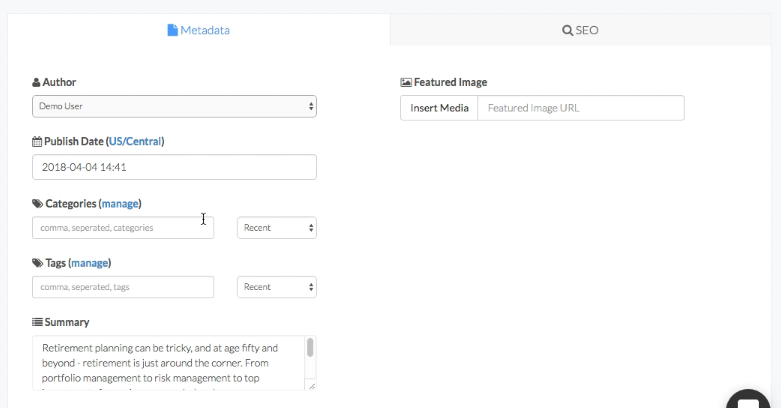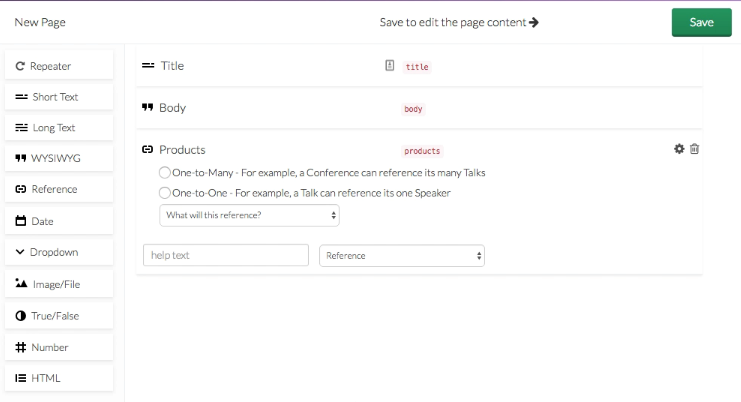Can I add custom fields to Blog Posts?
Butter's blog engine is set up to be an out-of-the-box blog editor that allows several fields that cover the majority of normal use cases for blogs. We hard-coded fields for Metadata, SEO, Categories and Tags just to name a few, which makes super fast to integrate the API calls and responses with your website.
Every once in a while you may find that you need different fields than the blog engine offers. In this post, we will show you how to create a fully functional blog that has customized field options. The video below gives a quick overview of the topic and the rest of the post will touch on the differences between our blog engine and the full CMS product as well as give a quick use case and walk through of creating a blog page with customized fields.
Let's say you own an e-commerce store and you want to spin up a blog to talk about the products that you sell. It would be great to be able to put photos and/or links to your products in a customizable field
Because Butter's blog engine has so many fields baked in already, it's easy to plug into your existing site and start blogging. The downside is that it's not possible to add customizable fields within the blog engine itself. On the bright side, you can use the Full CMS features, namely the Pages and page types feature, to create a fully functional blog page that can display the pictures that you want.

While we recommend you check out our post about page features, here is a quick overview. Click on the New Page button, then the Create New Page option. The fields in here are completely customizable, so let's start by adding a Short Text field and name it Title. The WYSIWYG (What You See Is What You Get) field named Body is perfect for our blog content, and then maybe a Reference field named Products that links to the products you are talking about in the post. The combinations and possibilities are endless! Your blog page type might end up looking something like this by the end:
In summary, our blog engine covers the vast majority of use cases, but if you need custom fields, then our full CMS feature is the way that you would want to go.

